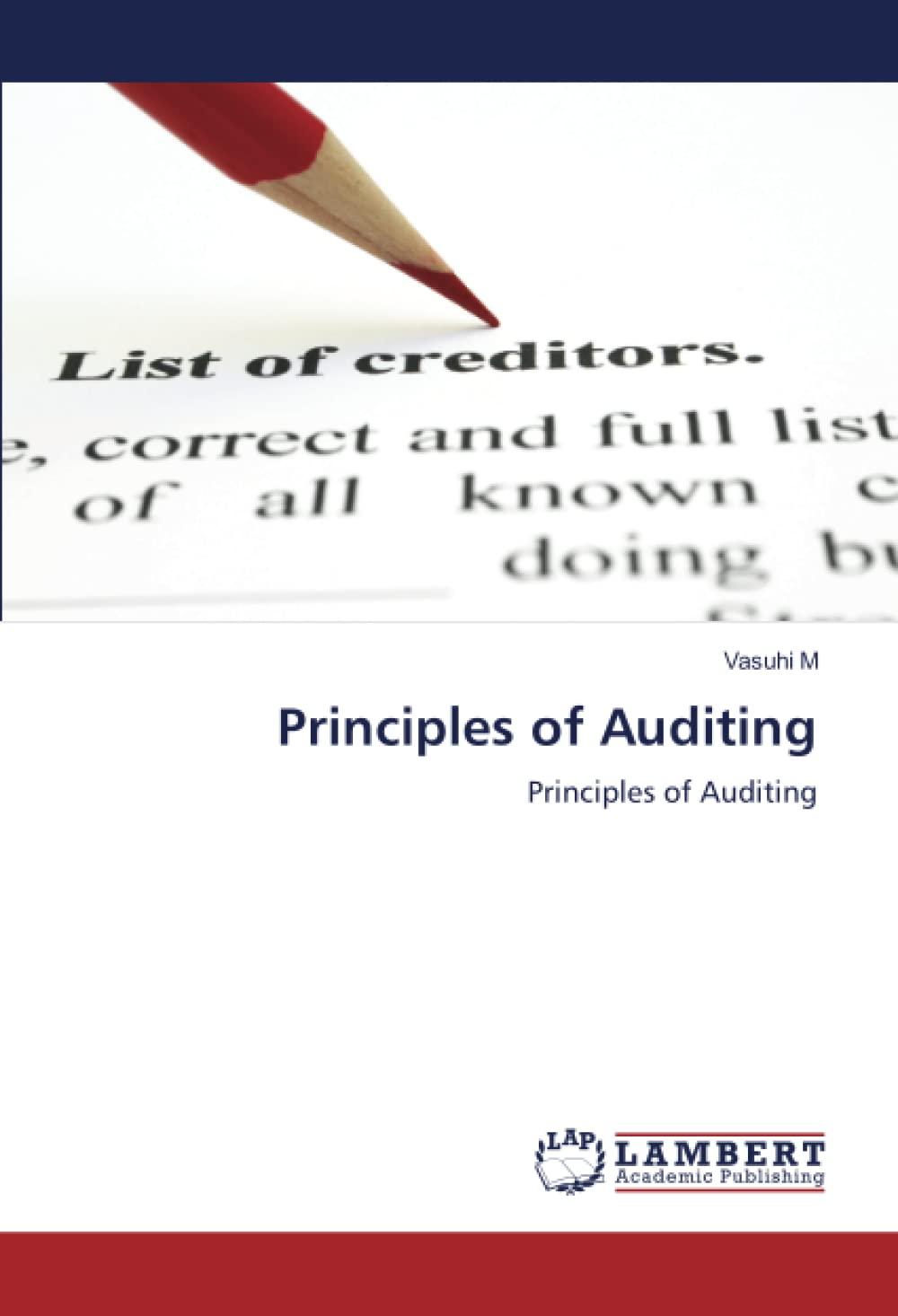Question
One important point about the component costs to be used in the firms computation of the average required rate of return is that dividends paid
One important point about the component costs to be used in the firms computation of the average required rate of return is that dividends paid to either common or preferred stockholders are not tax deductible, but interest paid to debt holders is tax deductible, up to a certain point. We will go into more detail later in this chapter concerning when and how much debt interest is tax deductible, but, for now, the important point is this: since at least a portion of the firms payments to its debt holders are tax deductible, those payments are, in effect, being at least partially subsidized by the government: If the firm hadnt paid out that inter- est rate to the debt holders, it would have had to have paid out taxes to the government on the money it used to pay the interest. And, to the extent that that subsidy on debt means that its a relatively cheap source of capital, firms should, and will, take advantage of it. 11.1 The WACC Formula Until recently, calculating the average cost per dollar of capital raised, referred to as the Weighted Average Cost of Capital (WACC), was a fairly simple proposition. However, the Tax Cut and Jobs Act (TCJA) of 2017, discussed previously, had significant direct and indirect effects on the calculation of the WACC, which make the calculation a little more complicated than it was before. First, the reduction of corporate tax rates to a flat 21 percent rate means that the after-tax cost of debt, even though still subsidized through the deductibility of interest for most firms, is not as subsidized as it previously was. That is, debt is still cheap relative to equity and preferred stock, but its not as relatively cheap as it used to be. In addition, the TCJA also placed constraints on when firms can deduct those interest payments. Previously, any interest paid on a firms debt was generally completely deduct- ible. However, starting with tax years beginning after December 31, 2017, businesses with revenues of more that $25 million are only allowed to deduct for tax purposes interest expenses totaling up to 30 percent of adjustable taxable income. For tax years ending in 20182021, adjustable taxable income is defined as income with allowable deductions for depreciation, amortization, and depletion added back in (i.e., EBITDA); for tax years ending in 2022 and later, adjustable taxable income will be set equal to EBIT. Any business interest expense that is disallowed under this limitation in a particular tax year can still be carried forward as an expense in subsequent tax years, but pushing back the tax deductibility of such interest payments is obviously going to reduce the present value of those tax deductions and, potentially, change exactly how much debt the firm decides to use. Together, these new rules present us with three possible scenarios concerning how debt interest will be treated: 1. The unconstrained scenario: For most firms, including those with revenues less than $25 million per year, and the vast majority of healthy, publicly traded firms, we think that interest on all their debt will be fully tax deductible. 2. The fully constrained scenario: For firms that have so much debt that at least 30 percent of their EBITDA or EBIT (as appropriate) is already claimed by existing debt issues for the foreseeable future, the likelihood of being able to take advantage of the interest tax shield on a new debt issue for such firms is either so low or so far away in the future that it might as well not even exist. 3. The uncertain scenario: For firms that more-or-less fall in the middle of the other two scenarios, being unable to immediately take full advantage of the tax interest shields during the period when the interest payments are made, but also being expected to be able to use those interest tax shields at some near-term time in the future, means that the impact of the interest tax shields will fall somewhere in the middle between the first two scenarios.
questionHow will the new tax laws change how much debt the firm decides to use
Step by Step Solution
There are 3 Steps involved in it
Step: 1

Get Instant Access to Expert-Tailored Solutions
See step-by-step solutions with expert insights and AI powered tools for academic success
Step: 2

Step: 3

Ace Your Homework with AI
Get the answers you need in no time with our AI-driven, step-by-step assistance
Get Started


